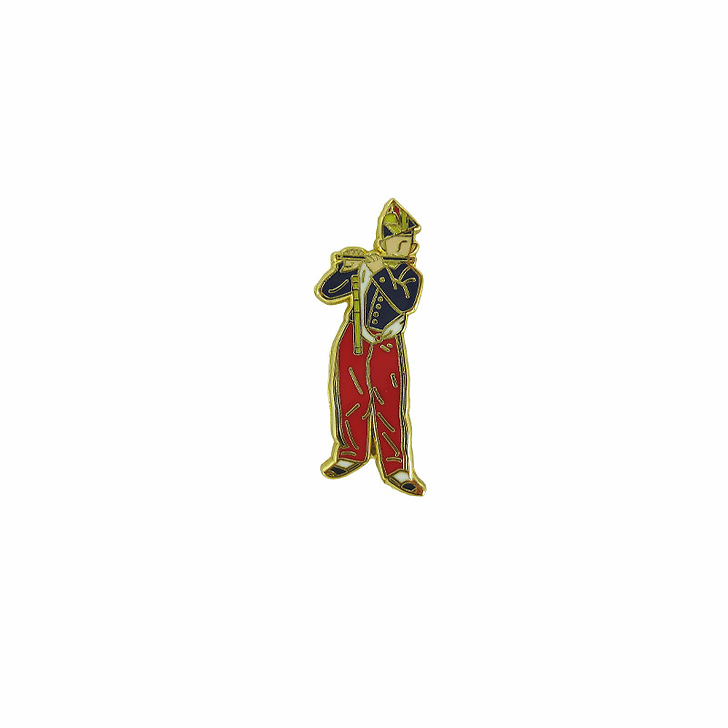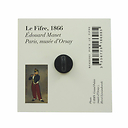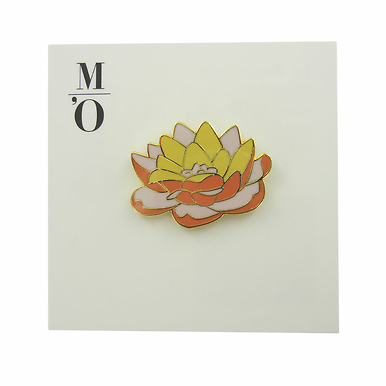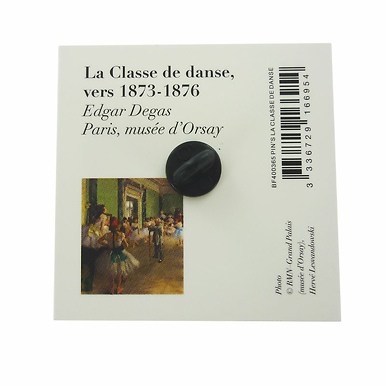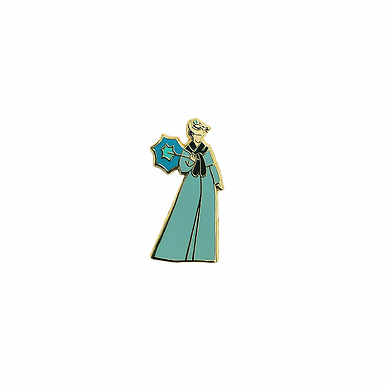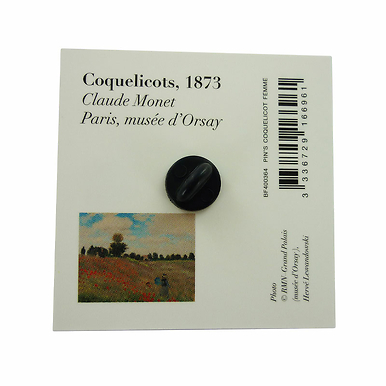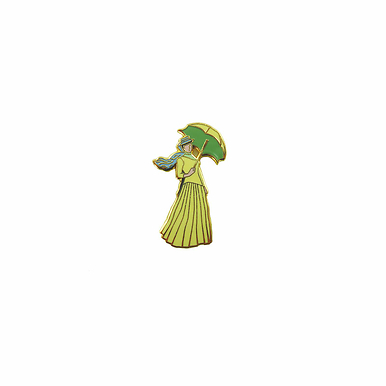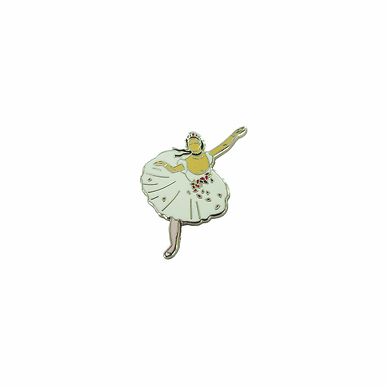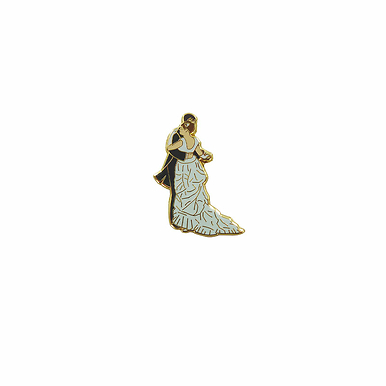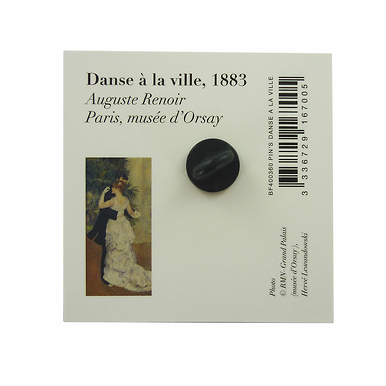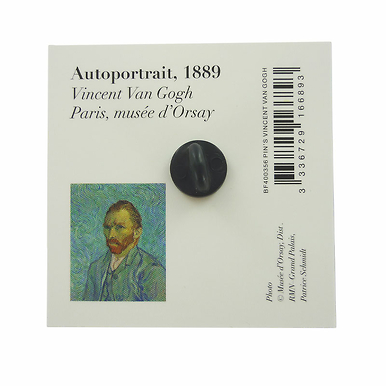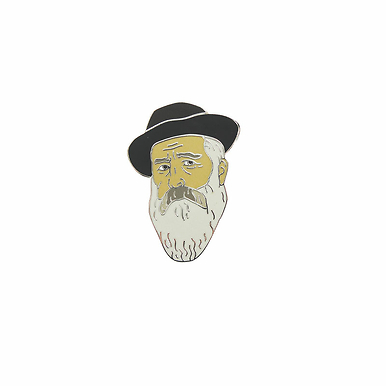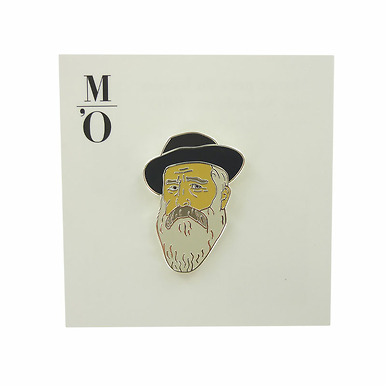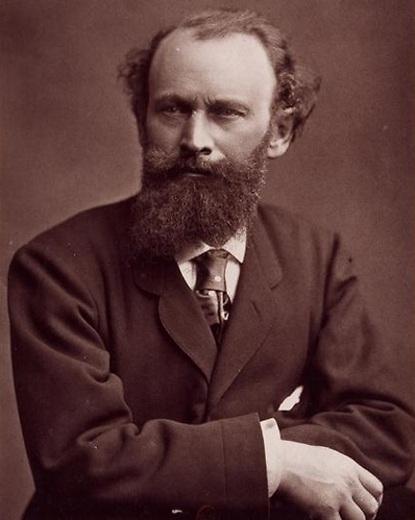Pin The Fife Player - Edouard Manet
BF400362
This pin features a detail from the work by Edouard Manet (1832-1883), The Fife Player, 1866, musée d'Orsay.
Manet, who found in a Spanish manner and subject matter an outlet for his own talent, did not visit Spain and the Prado Museum until 1865. He was particularly impressed by Velasquez's Pablo de...
Read more
This pin features a detail from the work by Edouard Manet (1832-1883), The Fife Player, 1866, musée d'Orsay.
Manet, who found in a Spanish manner and subject matter an outlet for his own talent, did not visit Spain and the Prado Museum until 1865. He was particularly impressed by Velasquez's Pablo de Valladolid and told his friend Fantin-Latour: "[It is] the most astonishing piece of painting ever done... the background disappears: it is air which surrounds the fellow, dressed all in black and full of life".
When he returned to Paris, Manet applied these principles to a contemporary subject. An ordinary, nameless child from the band is therefore treated like a Spanish grandee. Not only does Manet upset established hierarchies of representation, but he also uses daringly simplified language: solid areas of colour, very obvious in the black parts, a few modelling effects for the flesh and the instrument case, and thick streaks of white which underline the folds of the fabric. The palette is narrow, with the faintest borderline between the horizontal plane of ground and the vertical plane of the background, painted in a fairly uniform grey and utterly plain.
Close
Login to see prices
Sold by GrandPalaisRmn

